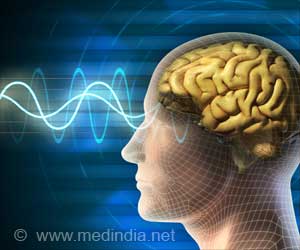Different brain responses linked to states of consciousness have been identified by researchers in Belgium

According to the researchers, the key difference between minimally conscious and totally unconscious non-coma states is communication between the frontal cortex- the planning, thinking part of the brain - and the temporal cortex, where sounds and words are processed, reports Nature.
This technique could help doctors to make accurate diagnoses about consciousness, and better predict how a patient will recover.
The Coma Recovery Scale is the current 'gold standard', said co-author Melanie Boly, a neuroscientist at the University of Liege in Belgium.
The scale scores patients on the basis of whether they are capable of conscious behaviours such as speech and directed gaze.
Boly and her colleagues sought a biological tool to complement the behavioural scale. They used EEG to measure electrical signals from the brains of 8 people in vegetative states, 13 in minimally conscious states and 22 healthy participants.
Advertisement
EEG data are measured through the scalp, so the technique provides at best a fuzzy approximation of what is going on inside the skull.
Advertisement
The researchers have spent several years validating the technique, but it is only a model. A more direct experiment would be to use electrodes implanted in the brain, perhaps in animal studies, Boly suggested.
The study has been published in Science.
Source-ANI








